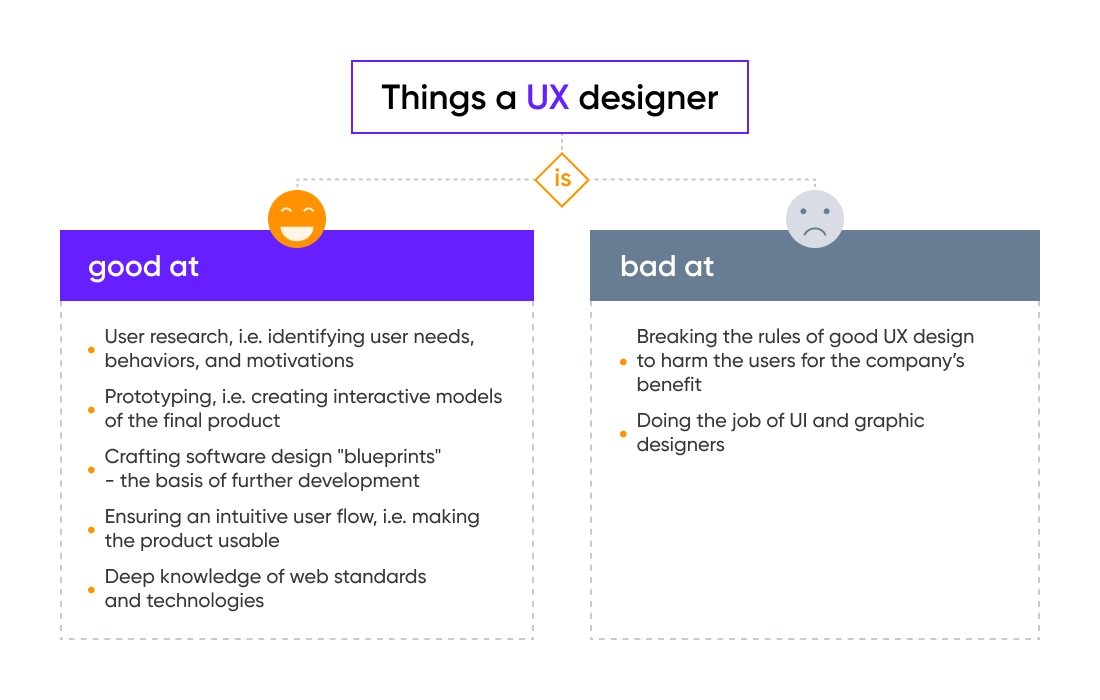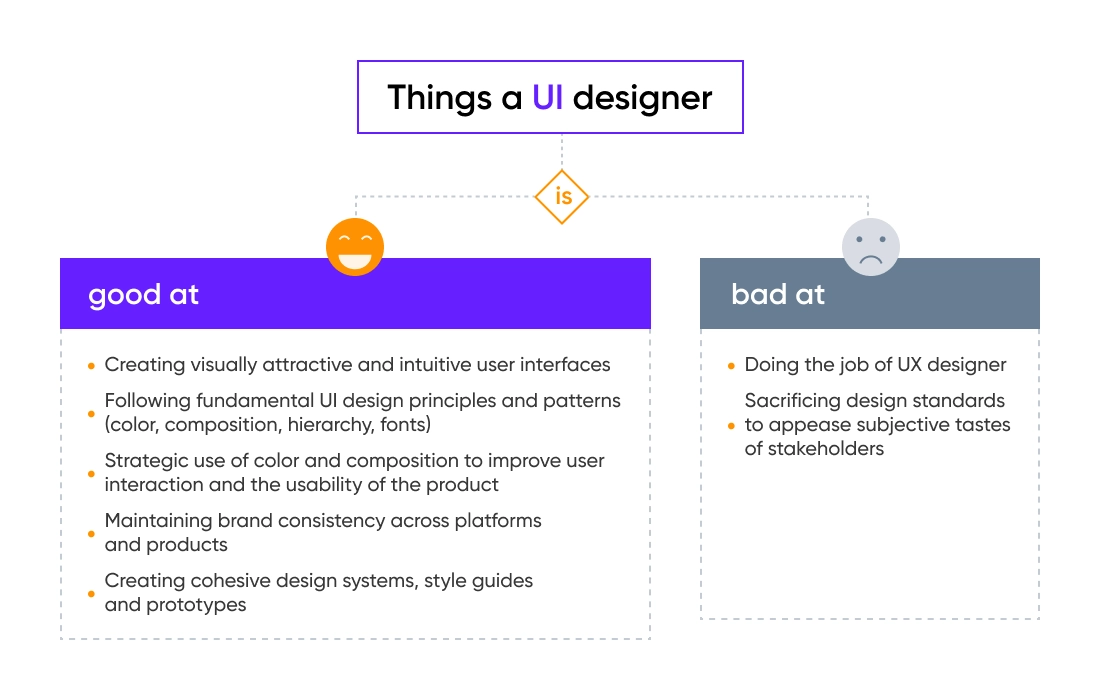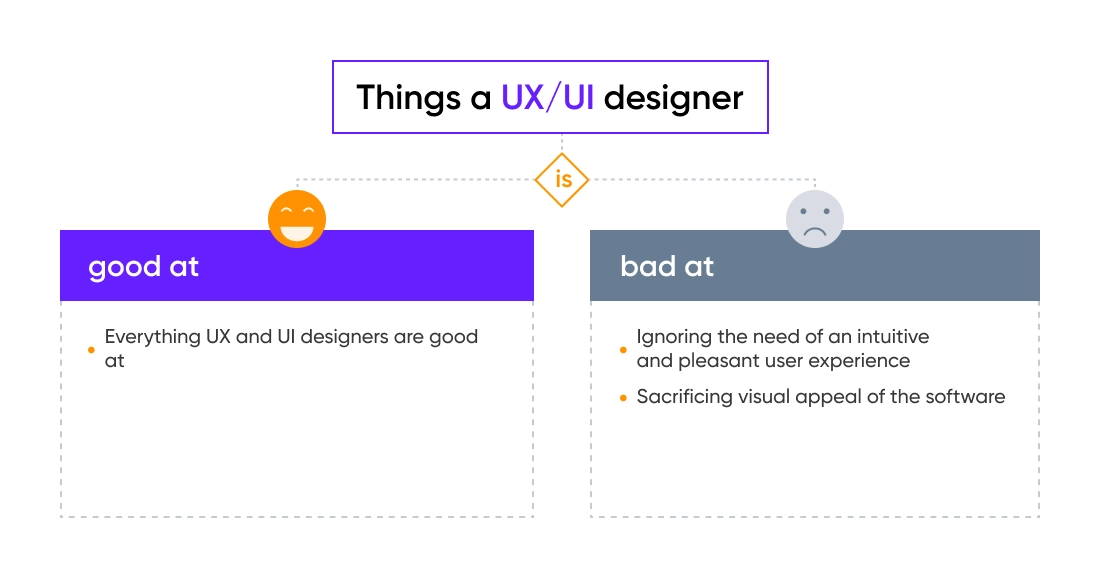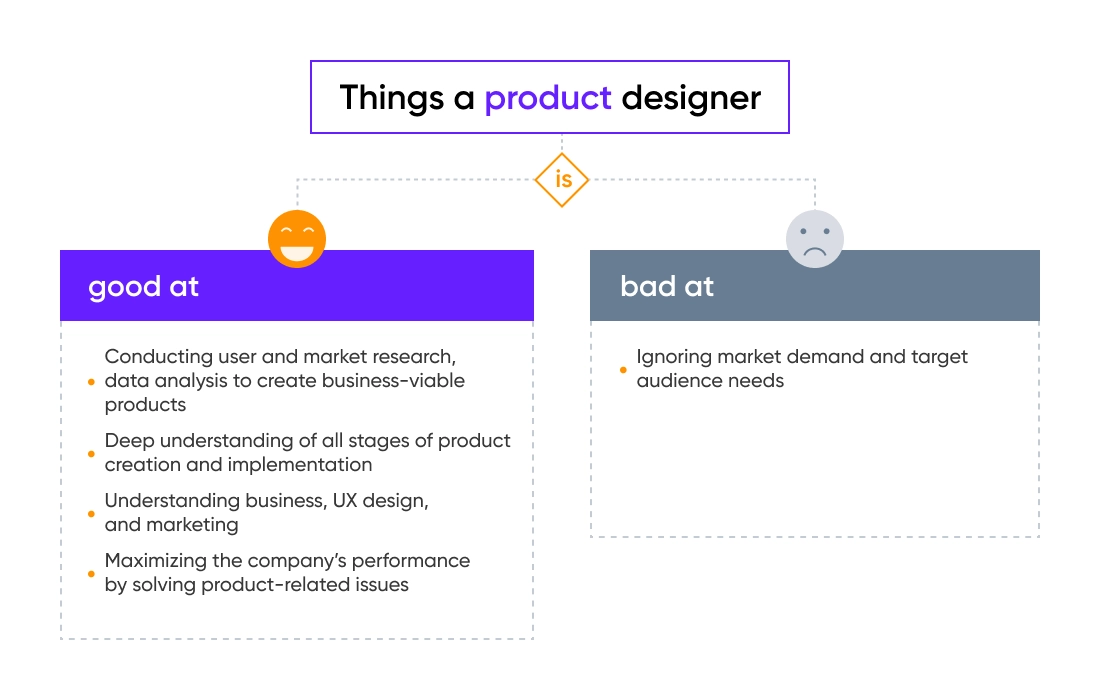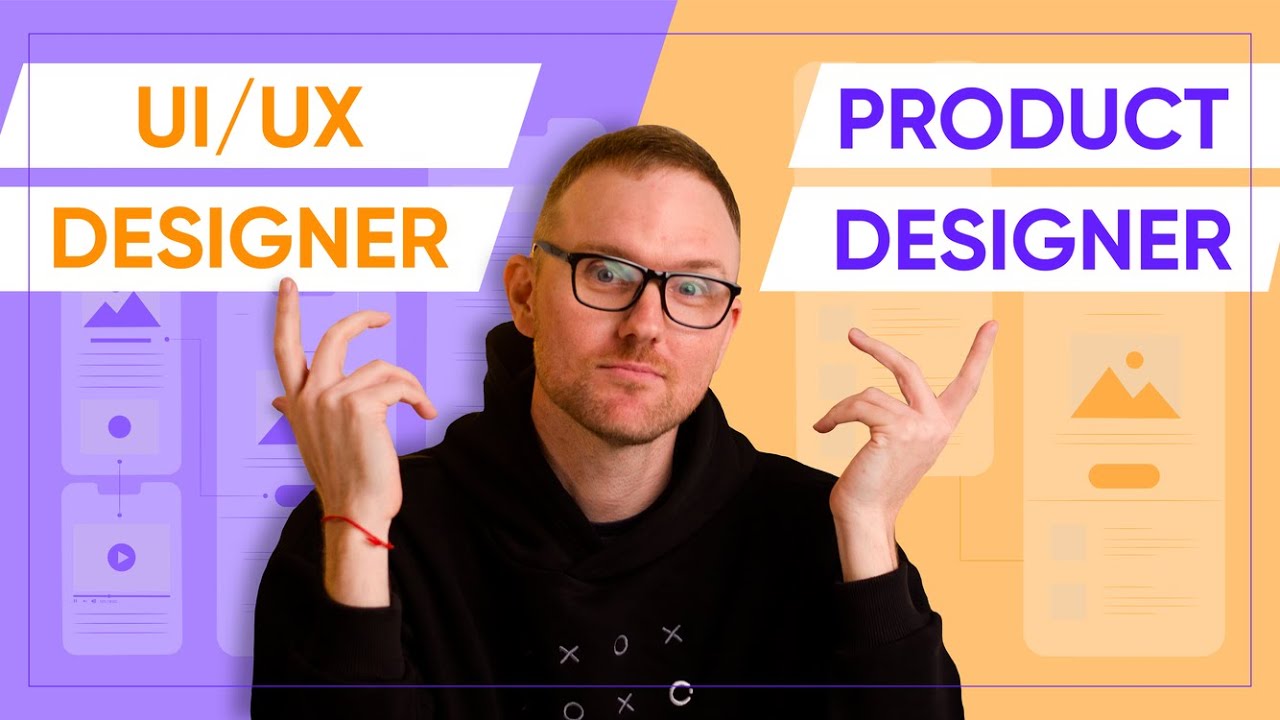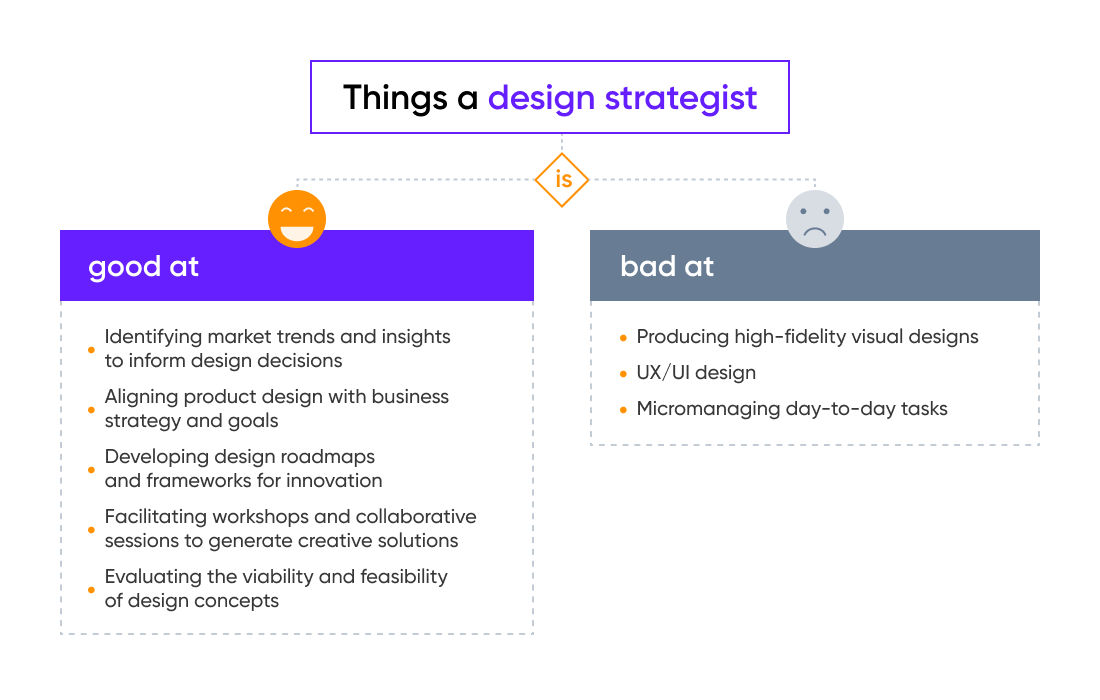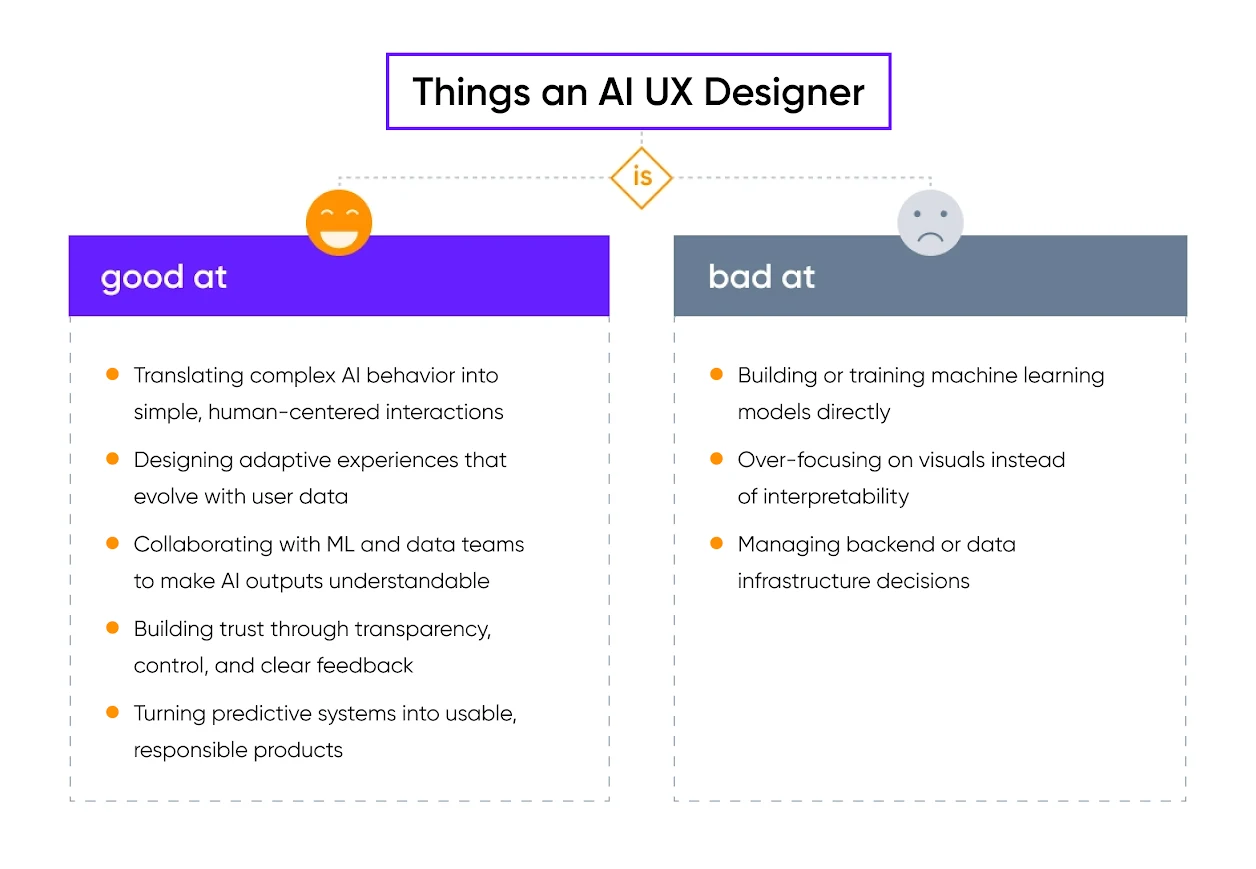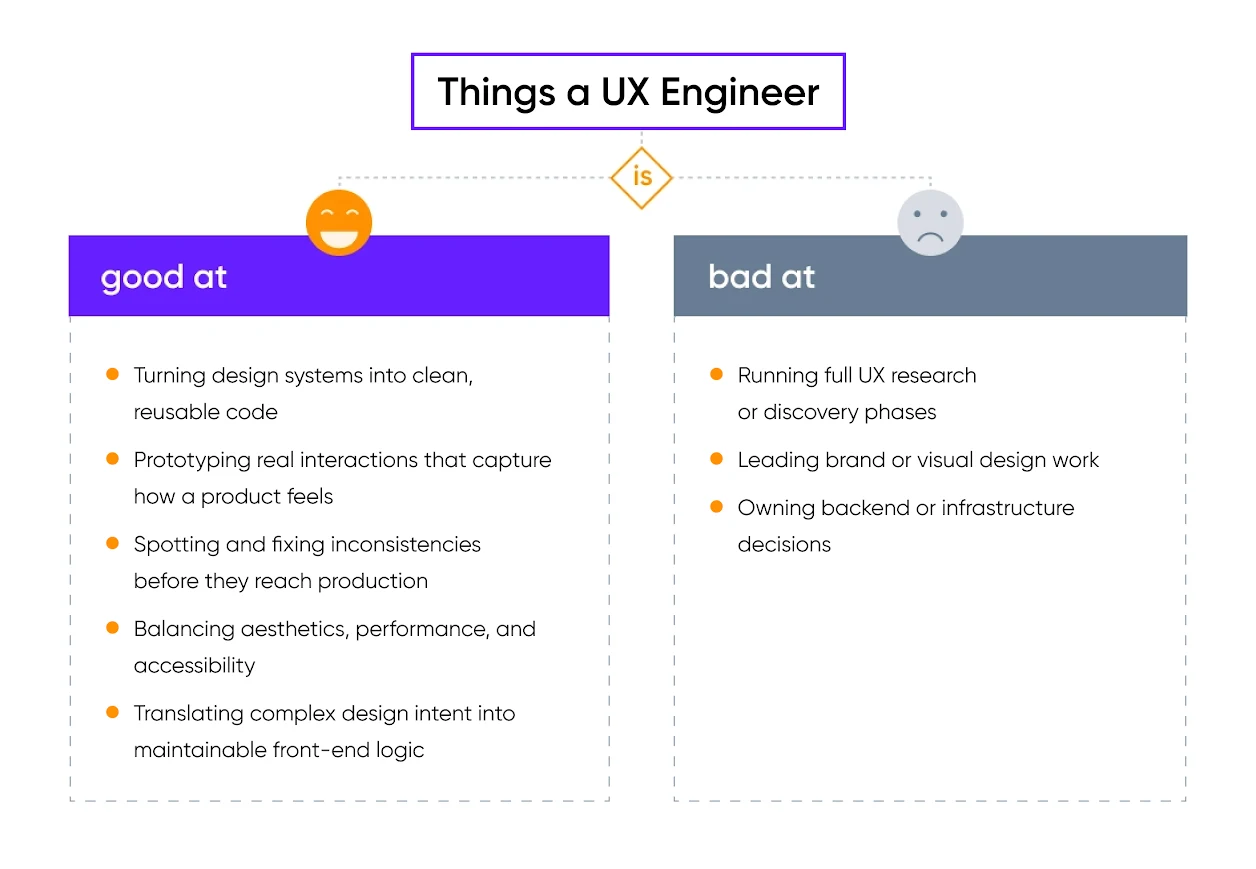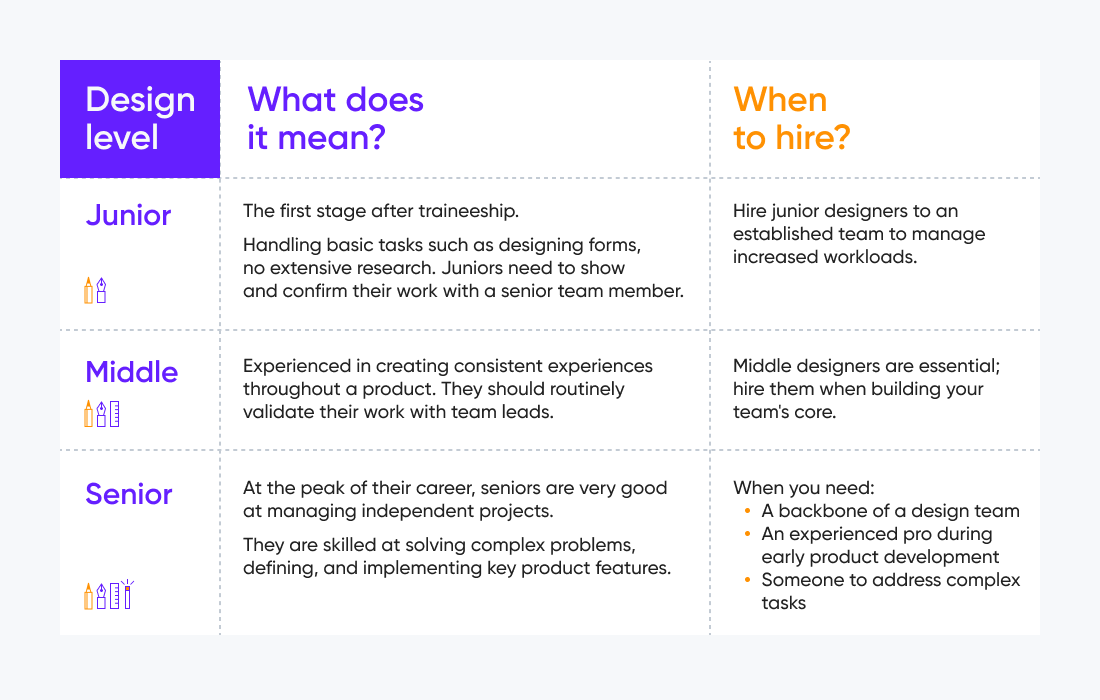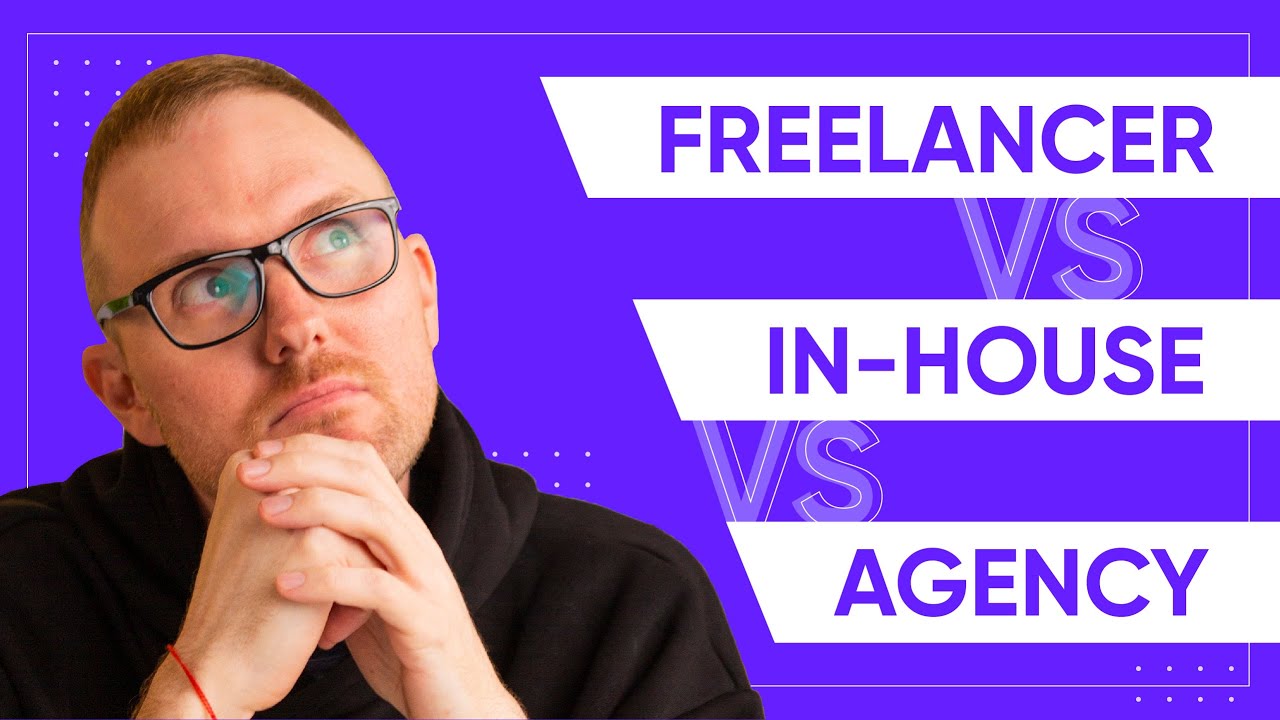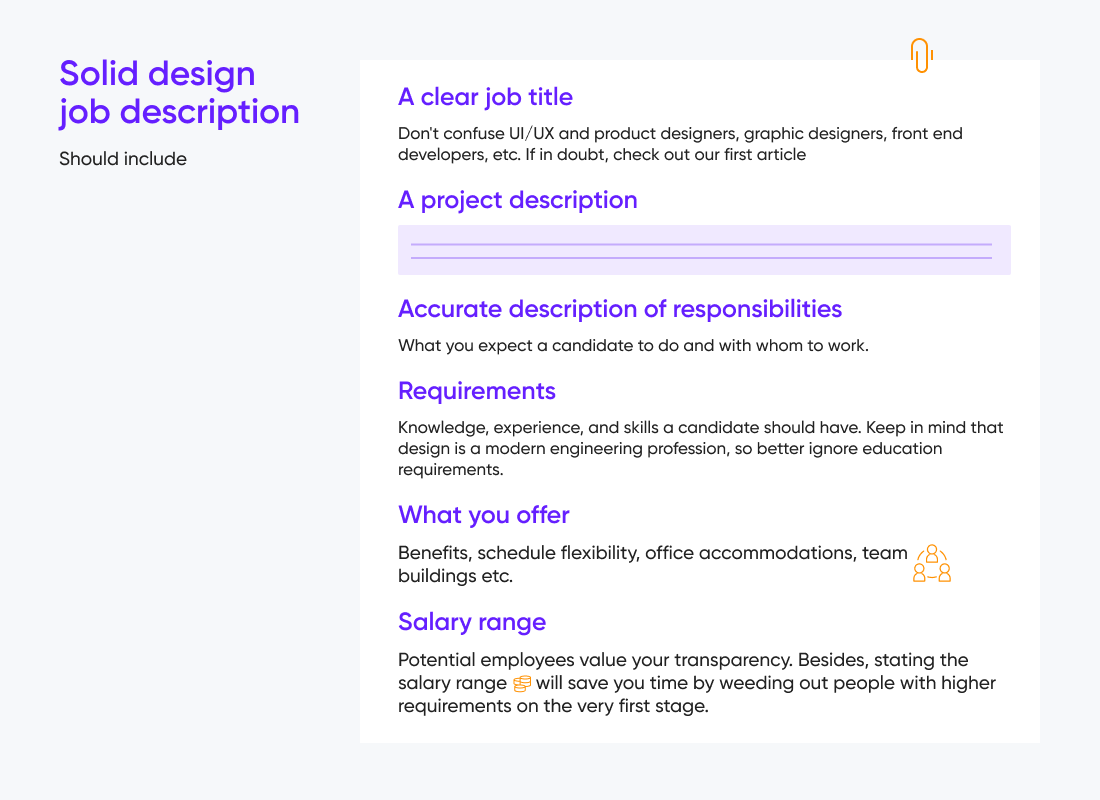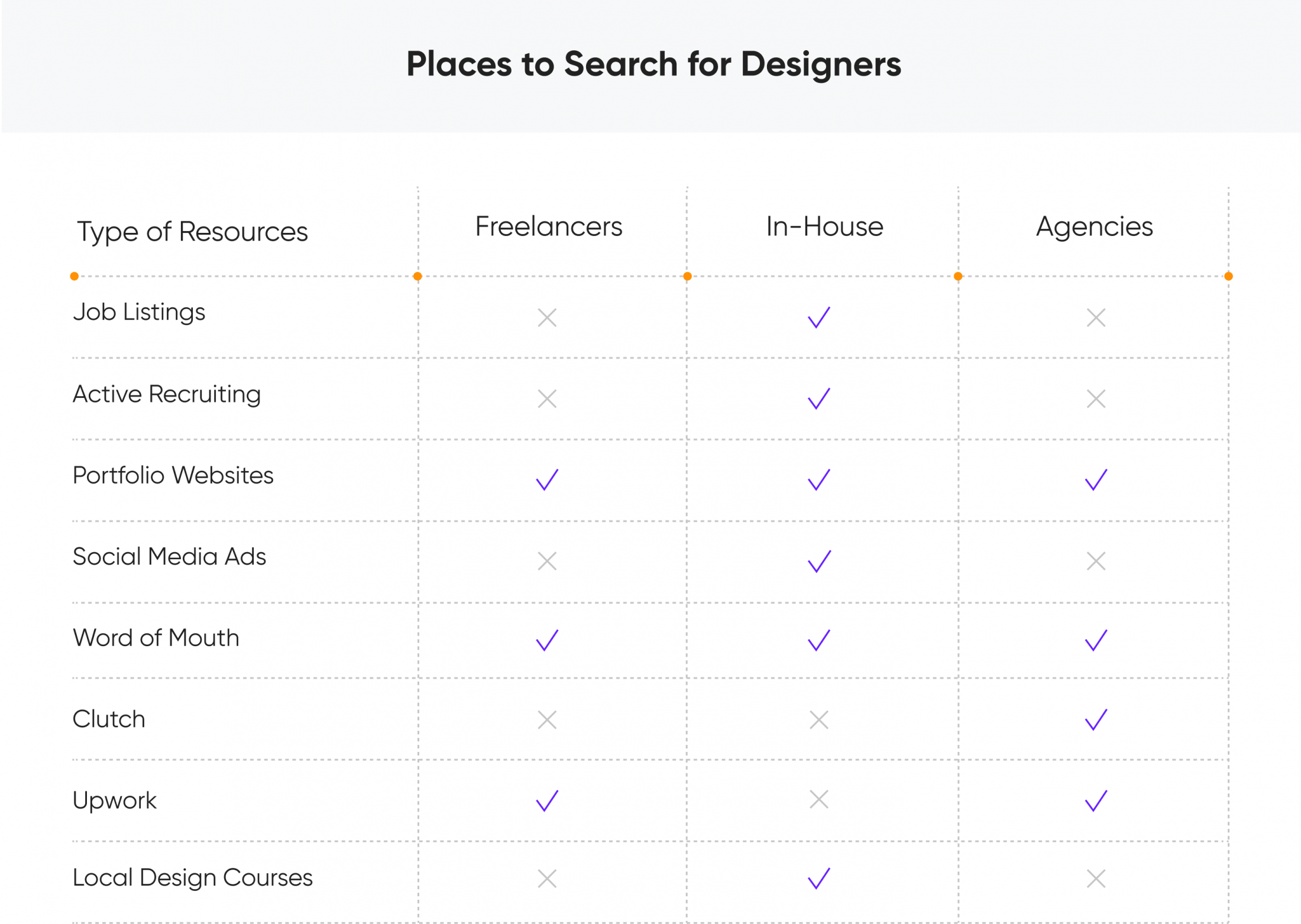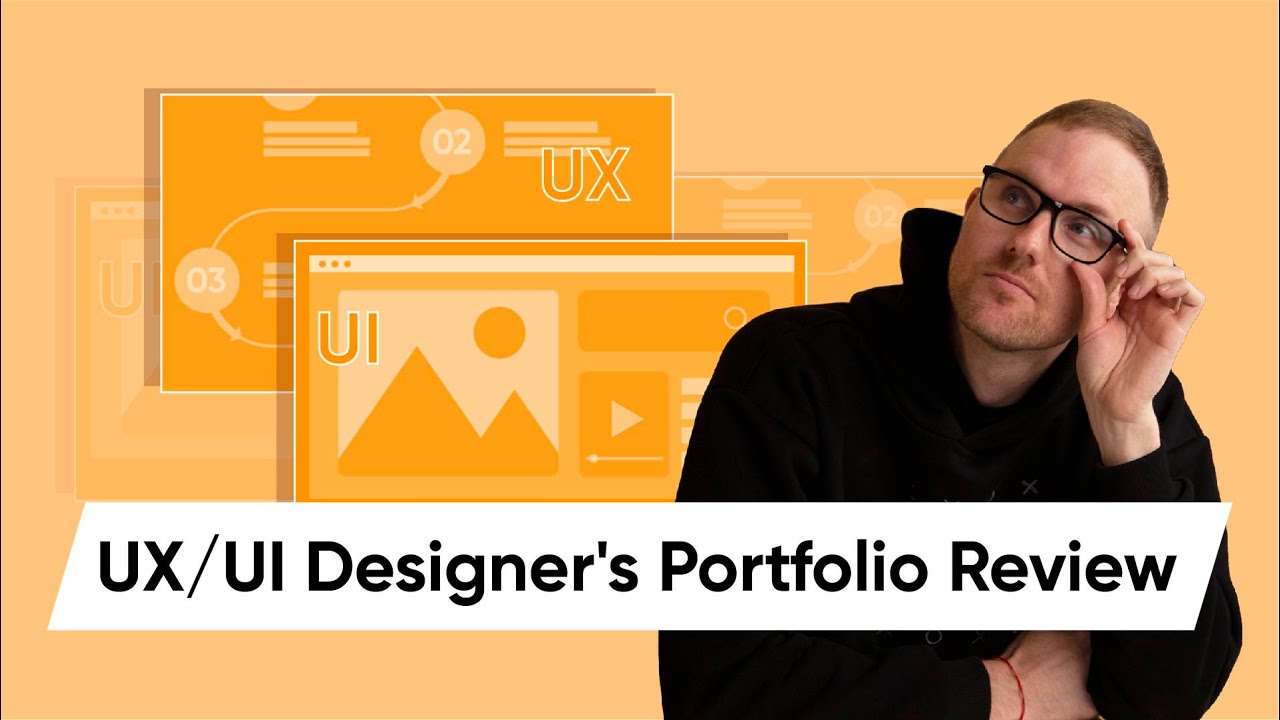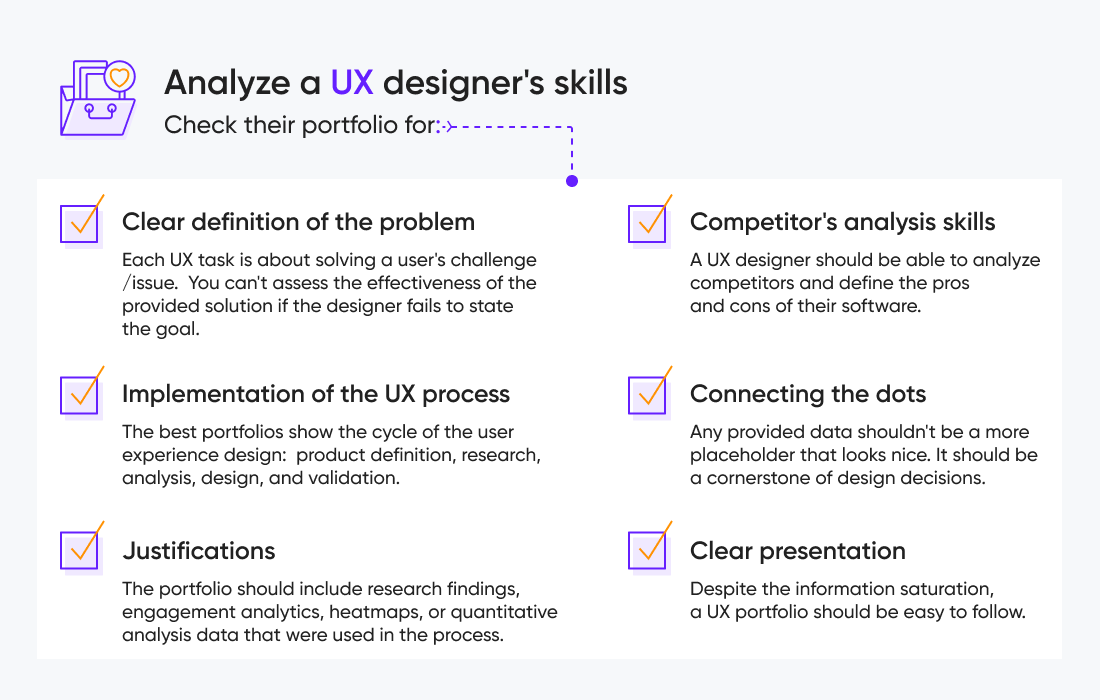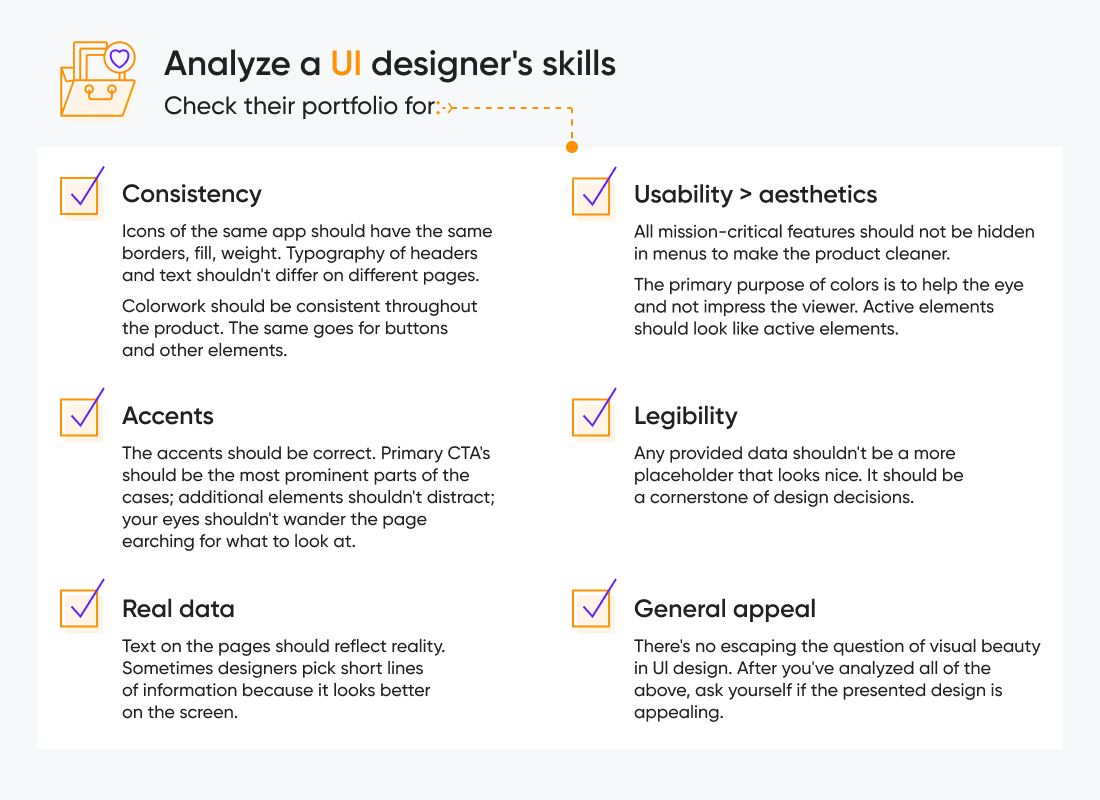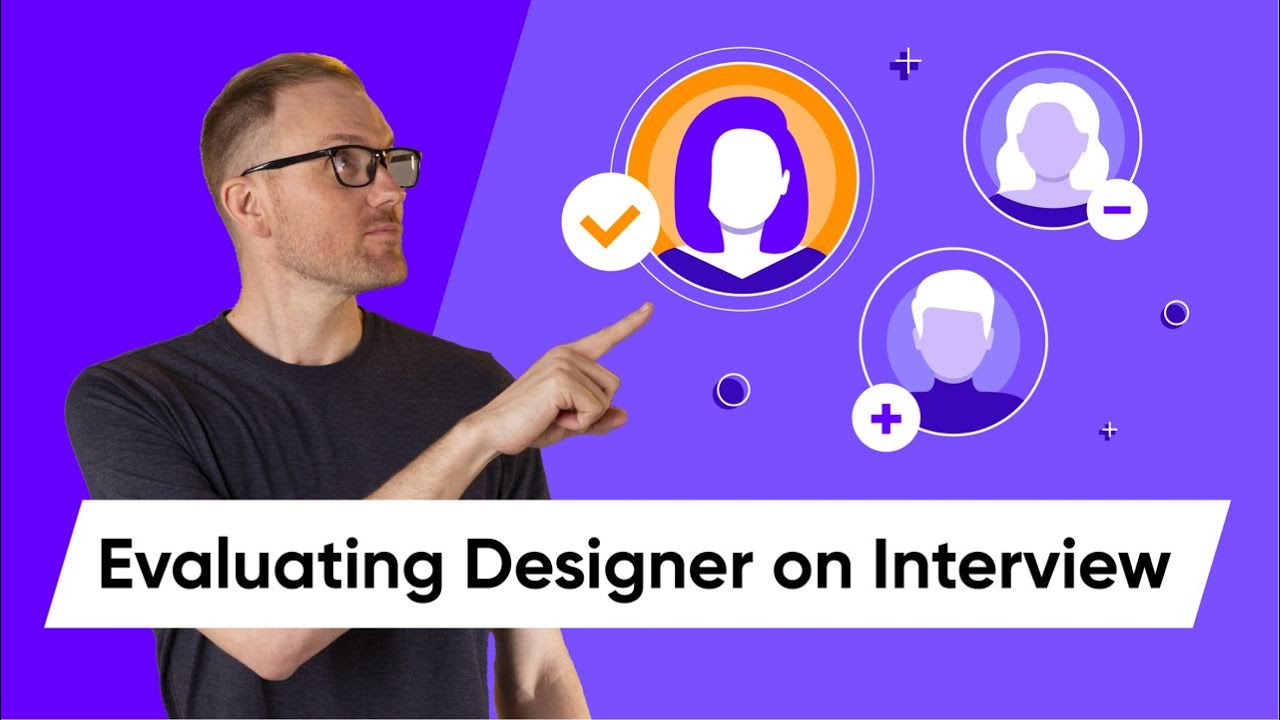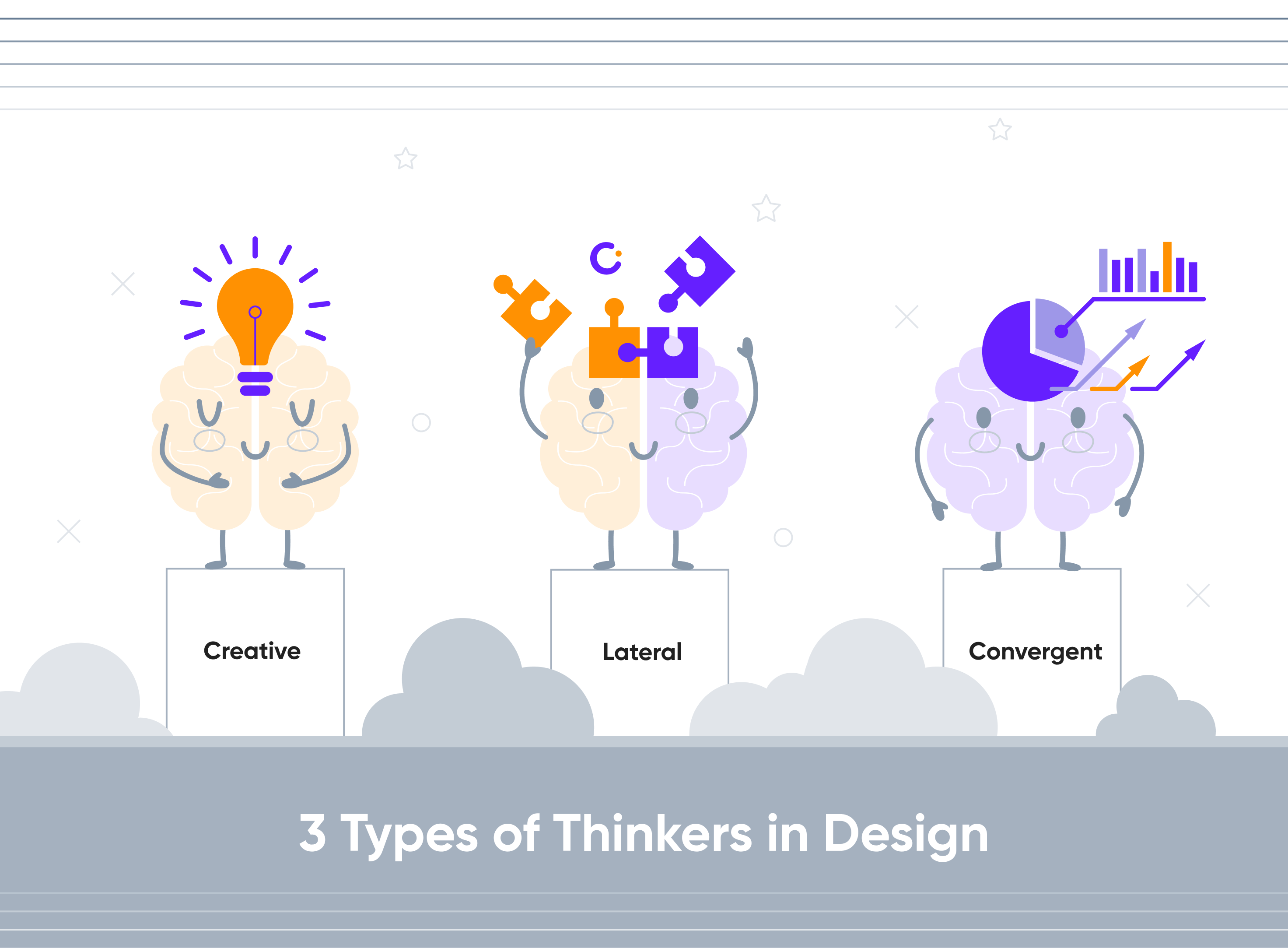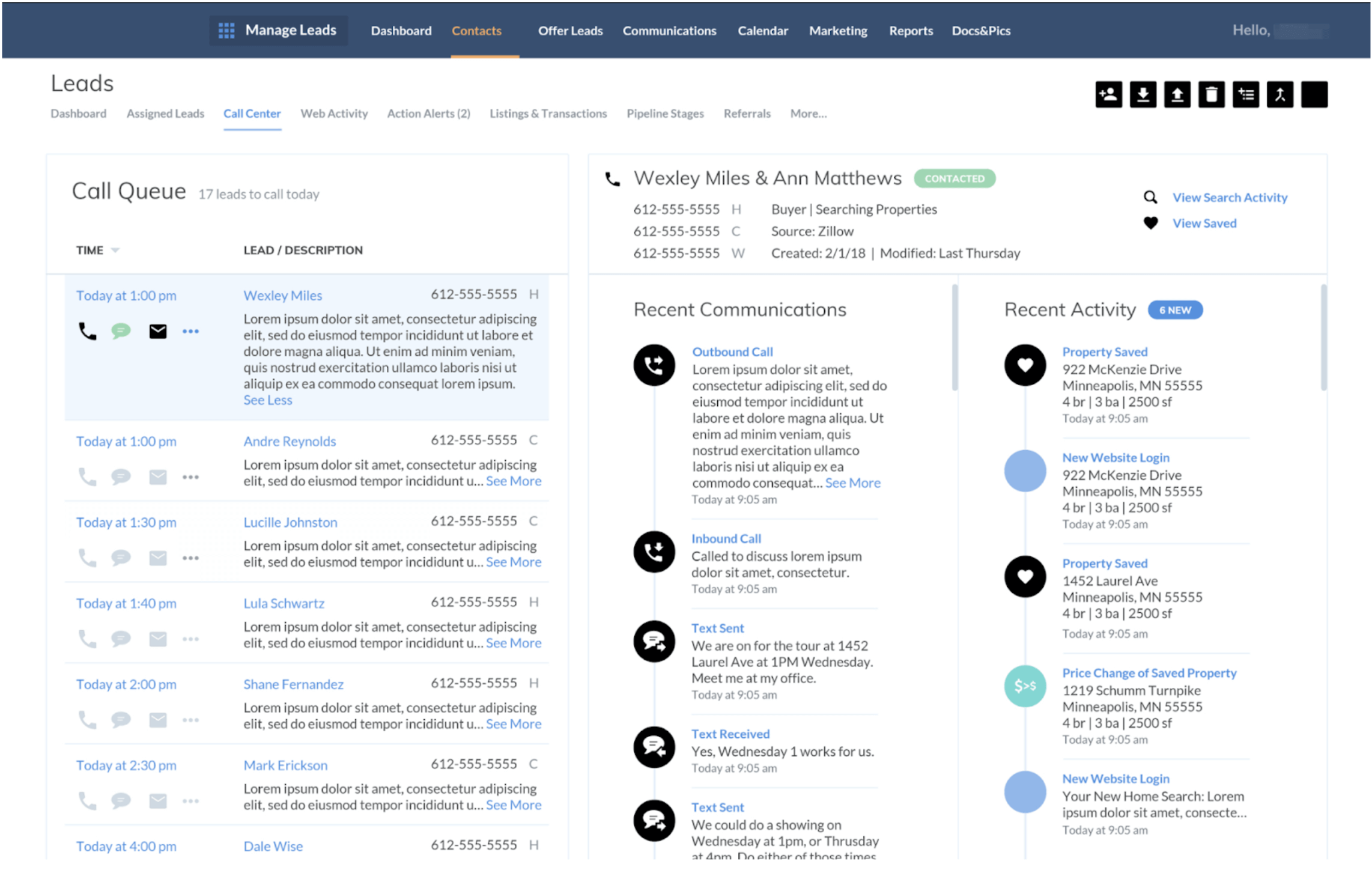Most teams don’t realize they’ve hired the wrong designer until it’s too late.
Design debt piles up, flows don’t convert, and suddenly the roadmap is three months behind. And all of it looked good in Figma.
This guide on how to hire a UX/UI designer is for founders, product leaders, and tech execs who want to get it right before the damage shows up in the metrics. What we’ll cover:
-
how to define the role you need (UX? UI? Product? Research? AI?);
-
freelance vs in-house vs agency;
-
salary benchmarks and real hiring costs;
-
where great designers are (and how to reach them);
-
how to evaluate portfolios and ask the right questions.
We’ll take it step-by-step: from strategy → scoping → sourcing → evaluation → ethical hiring.
Step 0: Rethink what a UX/UI designer means in 2026
Gone are the days when UX/UI designers were “pixel movers,” hired to make things look better. Now they sit at the table, driving decisions and helping teams ship smarter. The role has expanded, and if you’re still hiring like it hasn’t, you’ll miss the people who move the needle.
Involve design earlier in the process
Most design debt comes from unclear decisions made too early. Designers now work further upstream, shaping problem definitions, validating assumptions, and testing different ways forward before anything is built. The teams that get the most value from design are the ones that bring it in early and often.
Hire for ownership across the product lifecycle
Designers are staying accountable for what happens after release. That includes proposing features based on market research and working through post-launch iterations based on real feedback. This kind of ownership is the baseline in most strong teams.
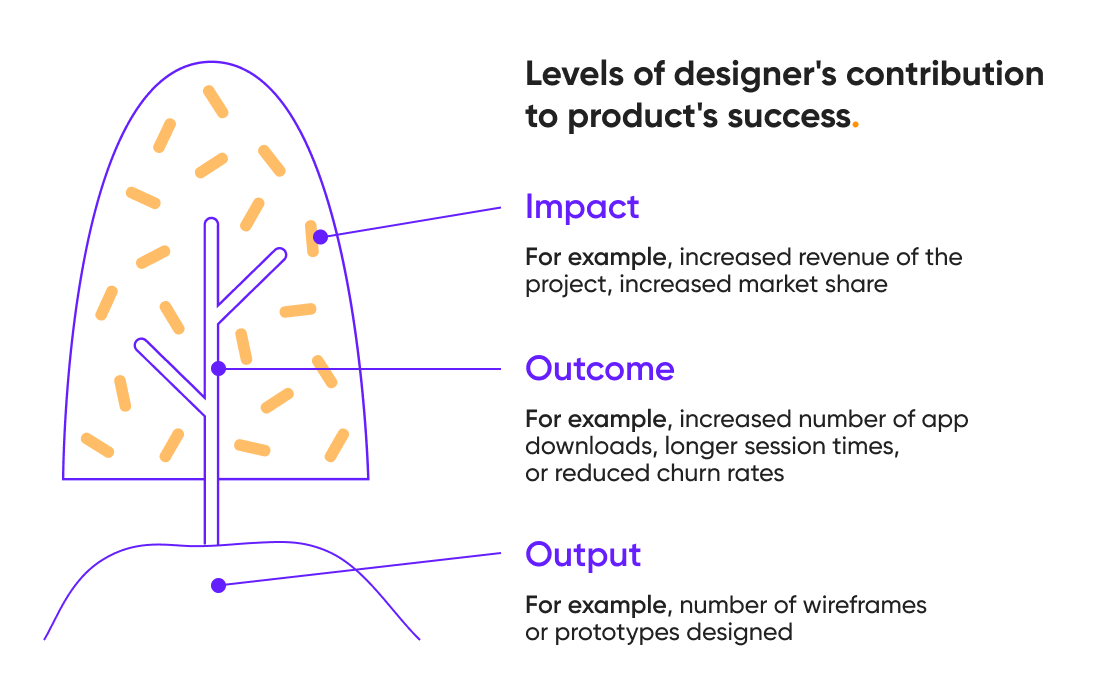
Make space for hybrid product-design roles
These days, the best designers sound more like product managers than stylists. They are expected to participate in discovery, frame problems, and support prioritization. They contribute to both execution and direction, especially in smaller teams, where the boundaries between functions are intentionally loose.
Stop hiring for tasks that AI already does
Most teams are still screening for layout skills and “nice flows.” But tools like Magician, Galileo, and AI-powered wireframing systems now generate 80% of those artifacts in minutes.
Instead, designers are evolving into data interpreters. They use AI-generated insights to inform design decisions and optimize user experiences. By championing the integration of AI and other emerging technologies, designers are driving transformative changes and shaping the future of the industry.
Look for design strategists
Some roles are moving even further. These designers may not focus on visual polish at all (except for creating wireframes and prototypes). Instead, they drive user research, competitive analysis, and early-stage strategy. They define what to build and why. They’re hard to find and even harder to interview for, unless you know what you’re looking for.
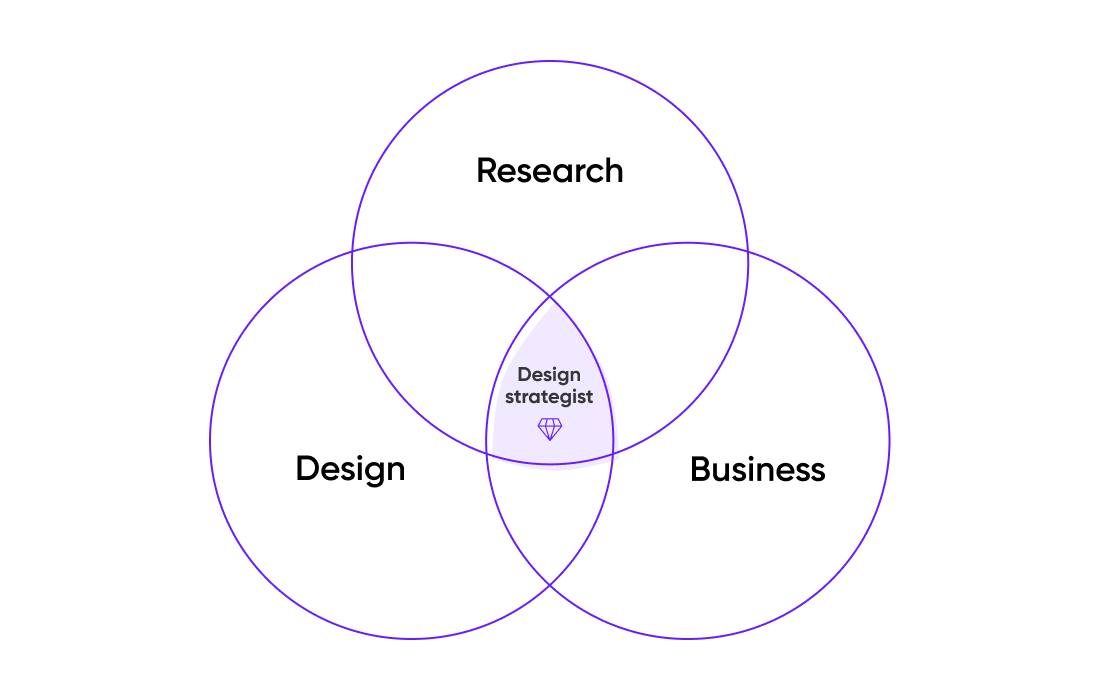
Embrace continuous learning
This evolution highlights the need for designers to acquire new skills, such as data literacy, algorithmic thinking, and a deep understanding of AI technologies, to stay ahead in this rapidly changing field.

Step 1: Clarify if you actually need a UX/UI designer
99,9% of products need a designer. But that’s often a symptom, not a diagnosis.
Design is a wide discipline.
Hiring too early or for the wrong skill set creates expensive misalignment later: a UI designer brought in to solve validation problems, or a UX generalist expected to rebrand your interface overnight.
Before you post the role, define what’s missing in your product. Is it usability? Validation? Visual identity? Strategic direction? Or execution speed between design and development? Clarity at this stage determines everything that follows: the job title, responsibilities, seniority, and even where to source candidates.
We’ve examined the differences between the main types of designers: UI, UX, product, AI designers, design strategists, and even UX engineers so that you can find the right talent for your project.
Use this quick framework to pinpoint the gap:


